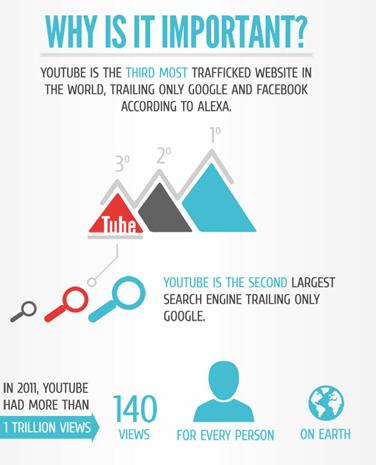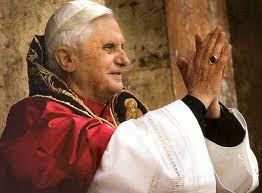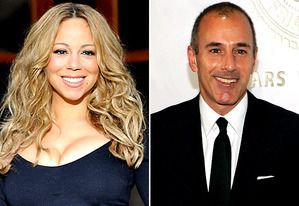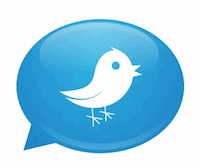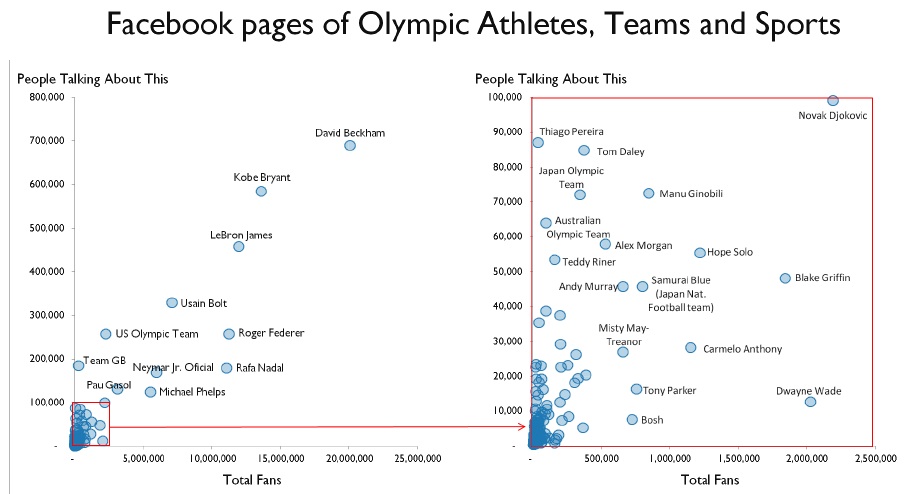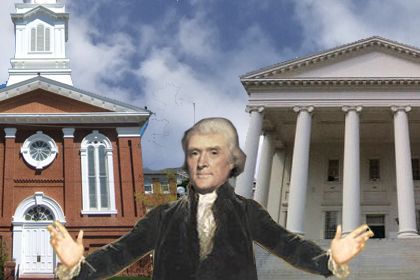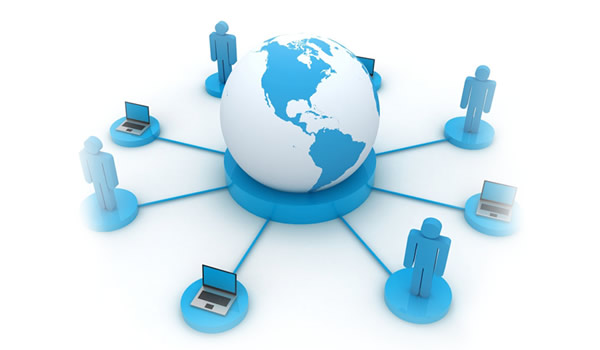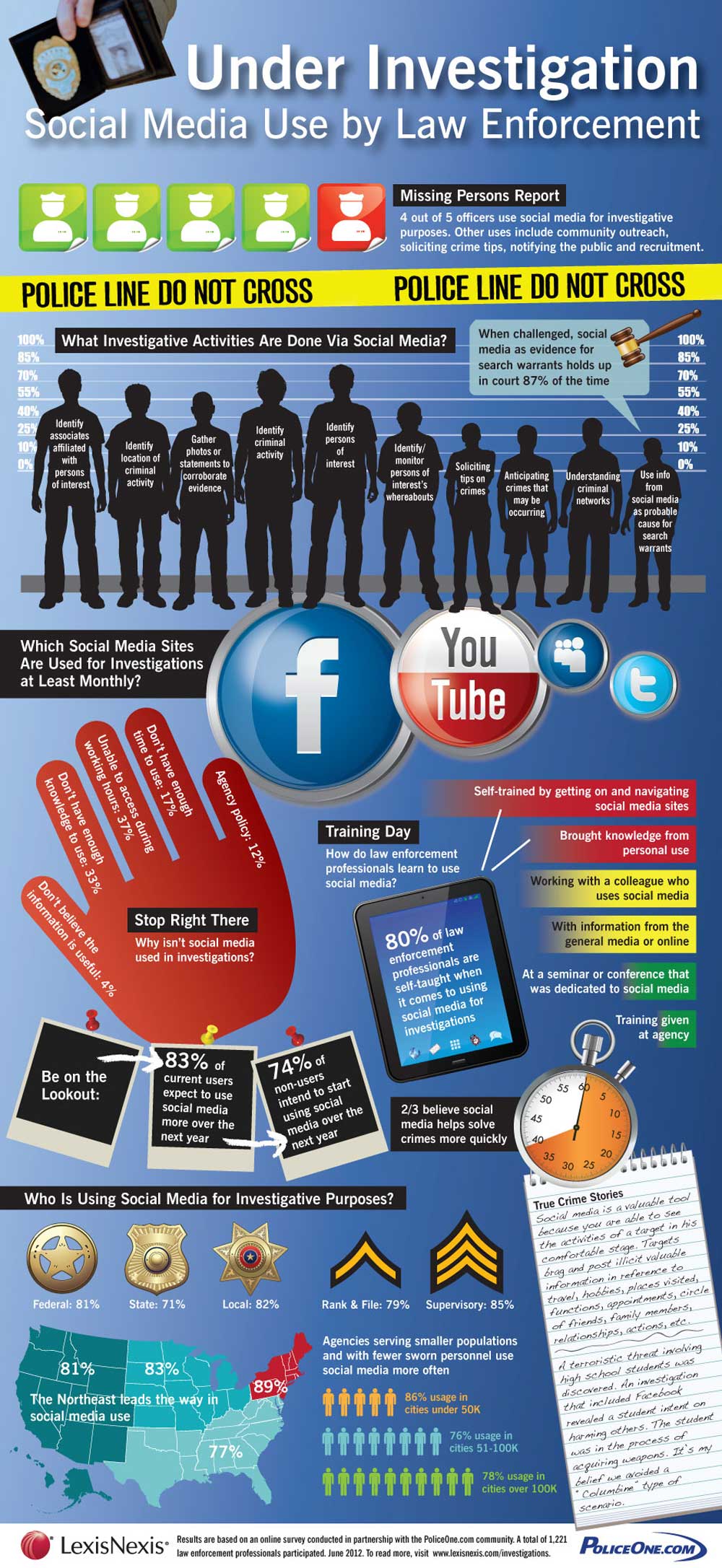YouTube is the third most trafficked website in the world, after Google and Facebook, and if your company isn’t using the online video site as part of your social recruitment efforts you’ll want to start after checking out this infographic from HireRabbit.
The HireRabbit infographic, YouTube Recruiting, takes a look at why making YouTube a part of your hiring efforts is important. We’ve gleaned a few enticing points from the infographic, which you can read on to learn more about before checking out the full infographic below.
Job postings with videos get higher response rates
The infographic reports that job postings with video icons are viewed 12 percent more than those without. Furthermore, job postings with video icons receive a 34 percent greater application rate.
Videos help you show off the personality of your company
A prospective hire can learn a lot more about what it will be like to work at your company if you upload a video showing off the personality of your workplace. Looking for inspiration on this front? Check out the Life At YouTube series that the online video site launched last year.
Videos encourage sharing more than text
Viewers are a lot more likely to share a video than they are to share text. If you encourage the sharing of your video you’ll reach even more prospective hires.
View the full infographic below to find out more, including tips for how to humanize your business using video, how to create an awesome YouTube channel, and a roundup of the top five branded career channels on YouTube. Is your company using YouTube for recruiting?
